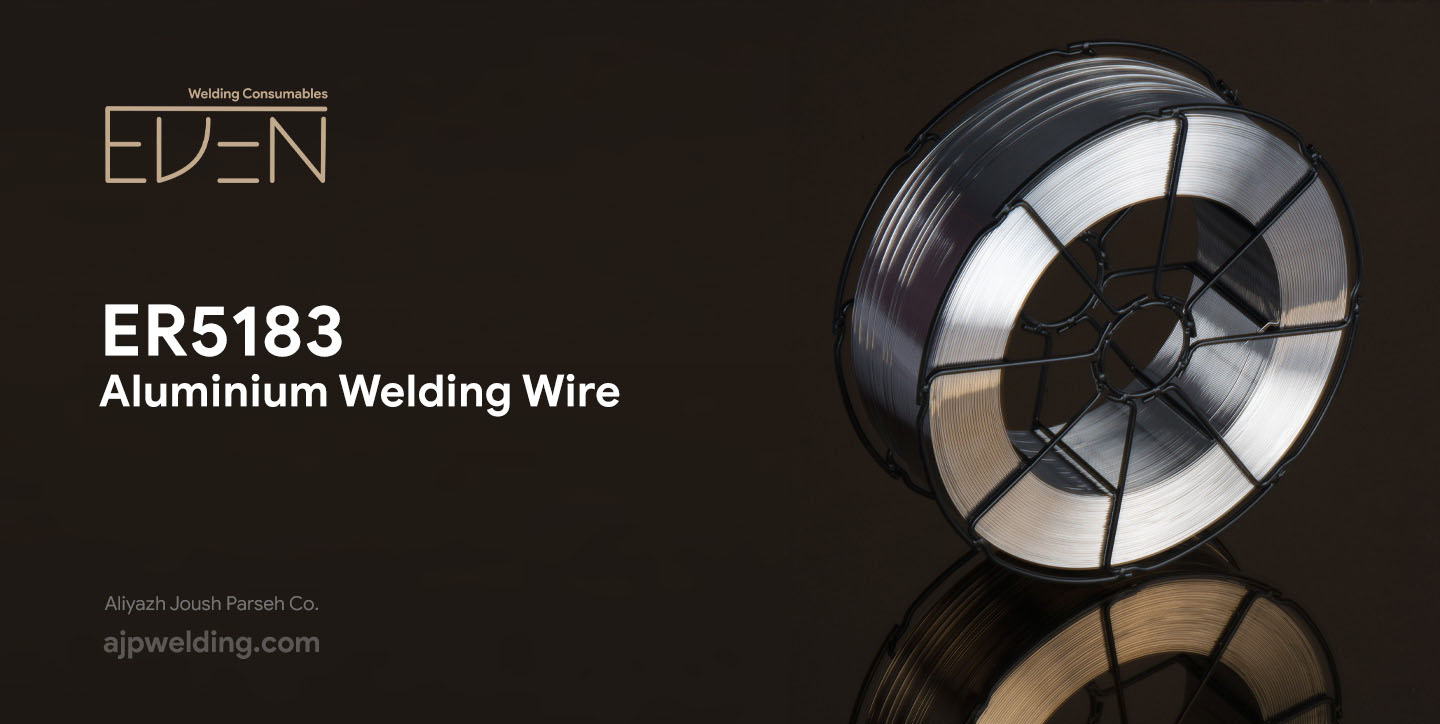5183 filler metal is the most common aluminum/magnesium alloy for welding 5083 base metal in ship building applications. 5183 has higher strength values than 5356 with excellent salt water corrosion resistance when welded to 5083. Features/Benefits: – Very high strength (41 ksi typical) – High ductility/toughness/fatigue strength – Moderate ductility/formability – Lower electrical conductivity and thermal conductivity – Excellent corrosion resistance when welding 5083 base material – Higher column strength/better feedability – Very good color match after anodizing with 5xxx/6xxx base materials.

Aluminum Magnesium Manganese alloy commonly used for higher strength welding of 5XXX and 6XXX base materials. It’s has higher columnar strength and uses less amperage for the same WFS as 4XXX filler metals.
Applications
- 5083 and lower strength alloys (40 ksi minimum UTS)
- Pressure vessels
- Shipbuilding
- Cryogenic tanks
Typical Applications
- Non-Heat treatable
- Similar to AlMg4.5Mn (Germany)
- ISO designation: AlMg4.5Mn0.7(A)
- Principle alloying elements: Magnesium, Manganese, Chromium
- Applicable specifications: ANSI/AWS A5.10 (ER & R)
Properties
- ALloy composition%: Mg 4.3-5.2 Mn 0.50-0.10 Cr 0.05-0.25 Al Balance
- Melting range: 574-638℃
- Density: 2.66g/cmm³
- 2-permanent elongation limit(N/mm): ≥130
- Tensile strength(N/mm): ≥275
- Expansion(A5): ≥18%
- Certification: DB, TUV, CE, ABS
Features
- Designed for applications where higher strength is required
- For 5083 and 5456 base materials
- Excellent corrosion resistance ideal for Ship building and marine applications
Welding Positions
All except vertical down
Shielding Gas
100% Argon Argon / Helium Mixtures Flow Rate: 30 – 50 CFH









